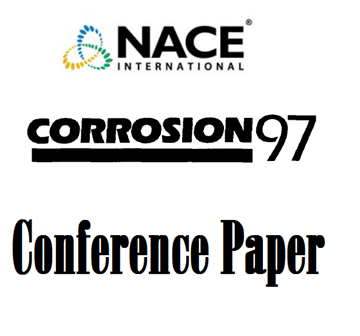Search
00599 INDUSTRIAL FIREPROOFING - AN INDUSTRY STANDARDS REVIEW
Also Purchased
97596 THE WHOLE TRUTH OF STANDARDS AND SPECIFICATIONS FOR WATER IN SURFACE PREPARATION
Product Number:
51300-97596-SG
ISBN:
97596 1997 CP
Publication Date:
1997
$20.00
51313-02080-Review of Codes & Standards on Electrically Resistive Coatings & What That Means to Shielding
Product Number:
51313-02080-SG
ISBN:
02080 2013 CP
Publication Date:
2013
$20.00
Recently viewed




